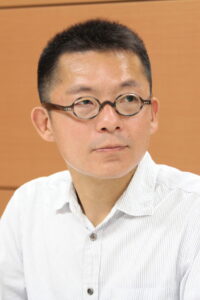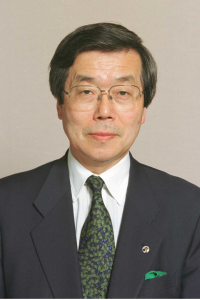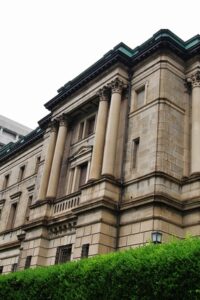
The new U.S. administration inaugurated in January 2017 is moving to restrict international trade by pursuing protectionist trade policy. Upon taking office, President Donald Trump declared his intention for the United States to withdraw from the Trans-Pacific Partnership (TPP) agreement and renegotiate the North American Free Trade Agreement (NAFTA). Furthermore, media reports show that the administration is moving to raise tariffs to correct bilateral trade deficits with certain trade partners, as the new administration considers the phenomenon to be quite problematic. The intent behind the sequence of moves is to protect U.S. producers from their foreign competitors. Many warn that such protectionist tilt could plunge the world economy into chaos. In the first place, why does a country’s attempt to protect domestic producers from foreign competitors pose the risk of chaos? In this article, I would like to explain how protectionist trade policies could ... ... [Read more]

